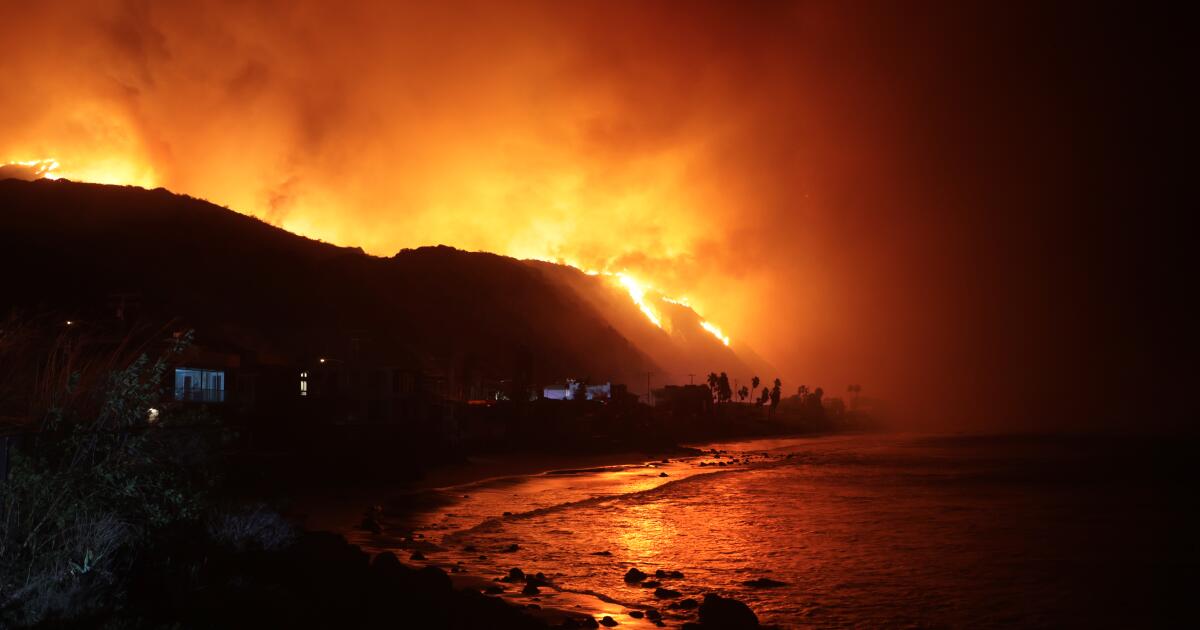foresterab
Full Member
- Reaction score
- 386
- Points
- 880
California and the National Weather Service issued a Red Flag Warning for yesterday. While this is somewhat to be expected and is basically a mobilization order to expect a bad day there was some unique language I've never seen used:
"A Particularly Dangerous Situation". A polite way of saying that extreme conditions are occurring and it is not a normal red flag warning.
Also remember fires are modelled based upon "average" conditions and not extreme due to the lack of information on extreme events. The Fire Behavior Analyst will then try to adjust predictions to align with observed behavior to in turn model future spread. So while I hope this is a one day isolated event unfortunately it looks like the area will be facing a couple of challenging days.
On a more positive note the major fire in Victoria Australia was declared under control today after a couple of weeks of work.
"A Particularly Dangerous Situation". A polite way of saying that extreme conditions are occurring and it is not a normal red flag warning.
Also remember fires are modelled based upon "average" conditions and not extreme due to the lack of information on extreme events. The Fire Behavior Analyst will then try to adjust predictions to align with observed behavior to in turn model future spread. So while I hope this is a one day isolated event unfortunately it looks like the area will be facing a couple of challenging days.
On a more positive note the major fire in Victoria Australia was declared under control today after a couple of weeks of work.






